Thirty-one hitherto unknownwrecks have been discovered in Germany on the seabed of Lake Constance: this is the outcome of a project titled “Wracks und Tiefsee” (Wrecks and lake bottoms) led by the Baden-Württemberg Landmark Preservation Office (LAD), which started in 2022 and was conducted using modern geophysical methods, a team of divers and underwater robots. “The project,” said LAD archaeologist Professor Dirk Krausse, “is a unique undertaking in the field of underwater archaeology in inland waters.” The goal of the project is “the comprehensive recording, documentation and historical evaluation of wrecks at all depths of Lake Constance,” Dr. Julia Goldhammer, project leader and conservator at LAD’s Department of Wetland Archaeology in Hemmenhofen, explained instead. The project is funded by the Baden-Württemberg Ministry of Regional Development and Housing.
Already before the end of 2024, more than 250 potential areas of considerable interest, i.e., anomalous conformations that could suggest the presence of wrecks, had been identified in Lake Constance, which has areas as deep as 251 meters. Of these, 186 have so far been systematically examined. The analysis revealed that 155 of the areas examined were attributable to natural structures, such as accumulations of sediment or vegetation, or objects of human origin, such as fishing rods. In 31 cases, these were wrecks, including objects of cultural and historical importance but also modern recreational or otherwise recent boats.
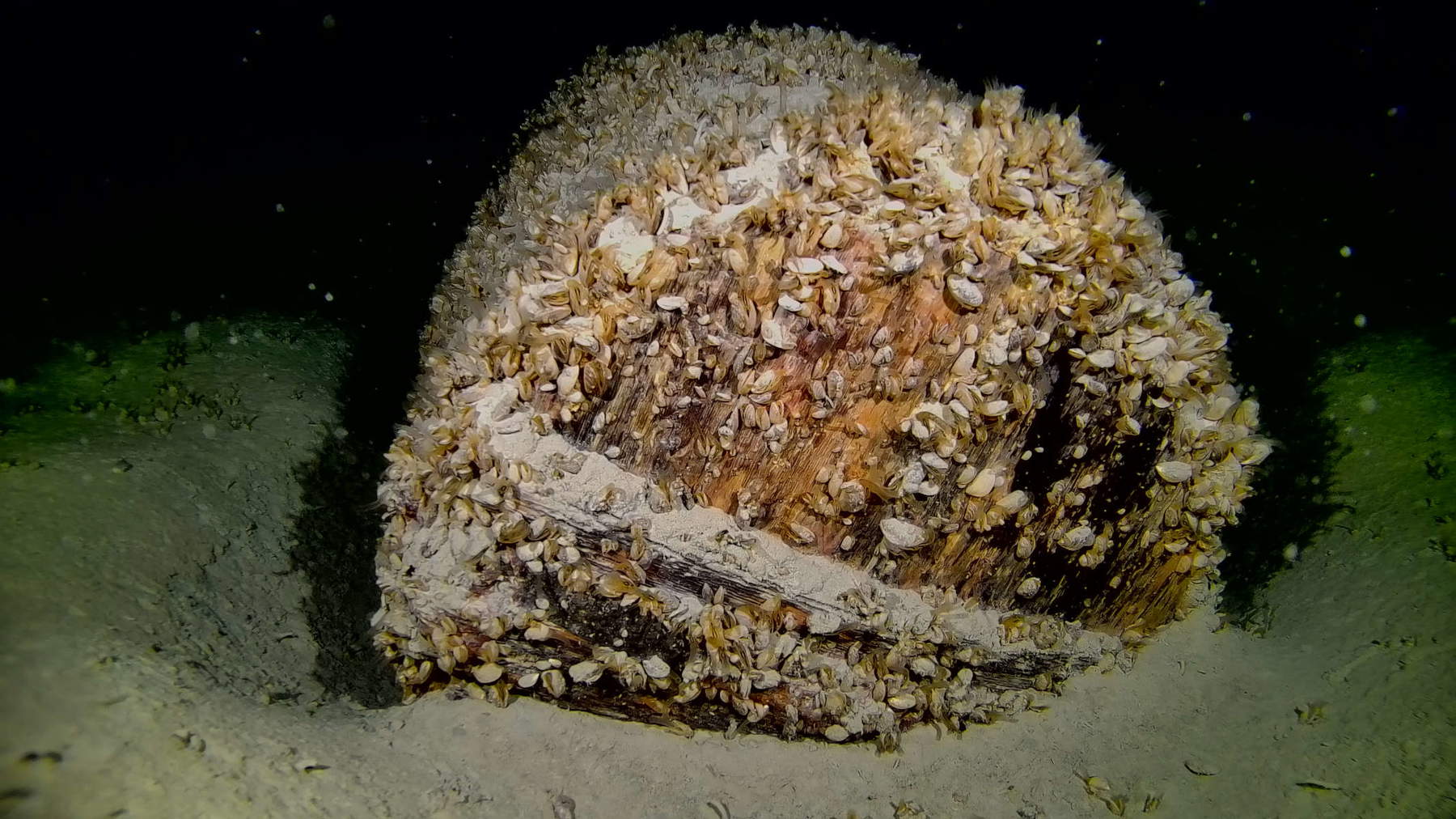
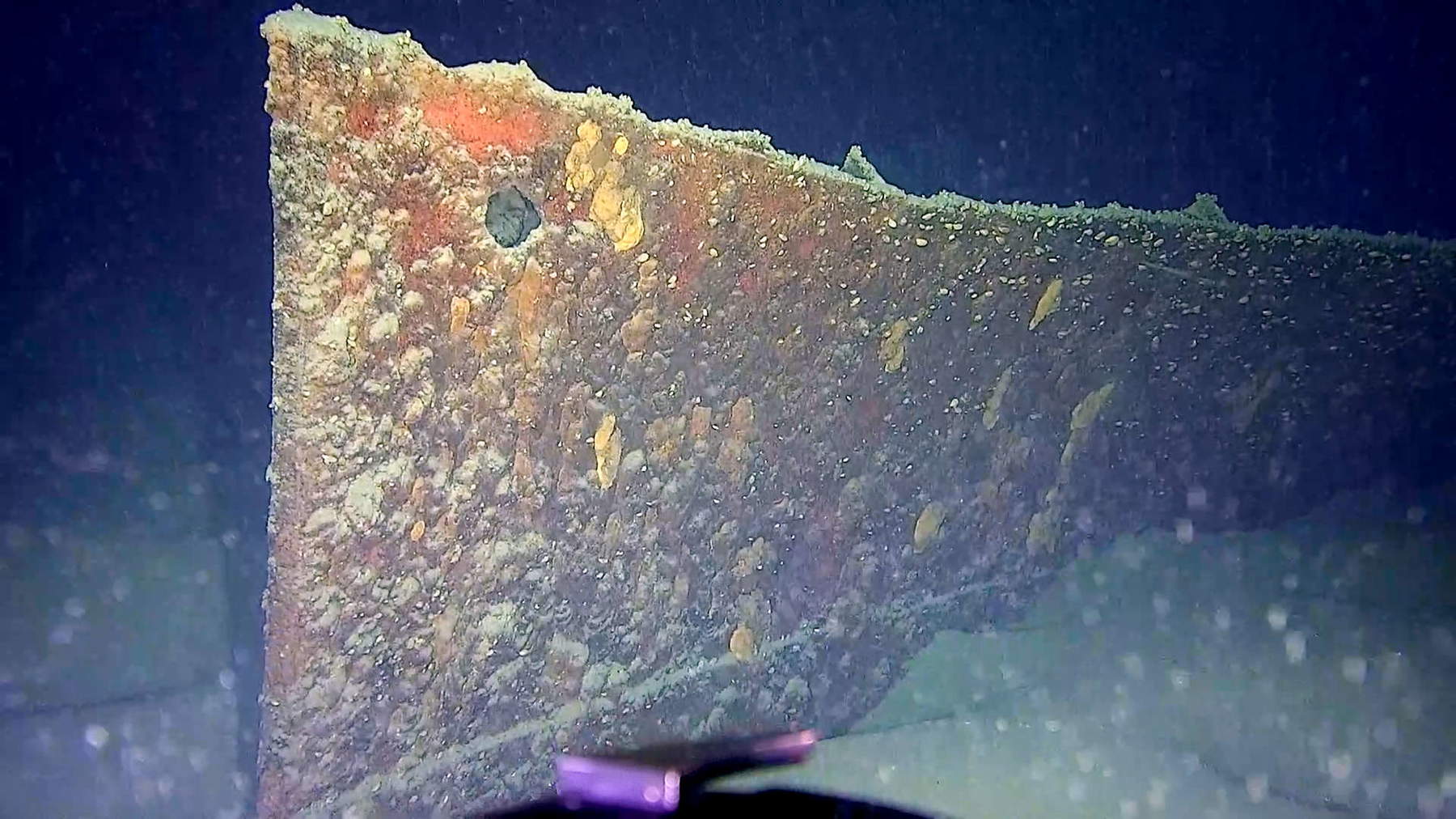
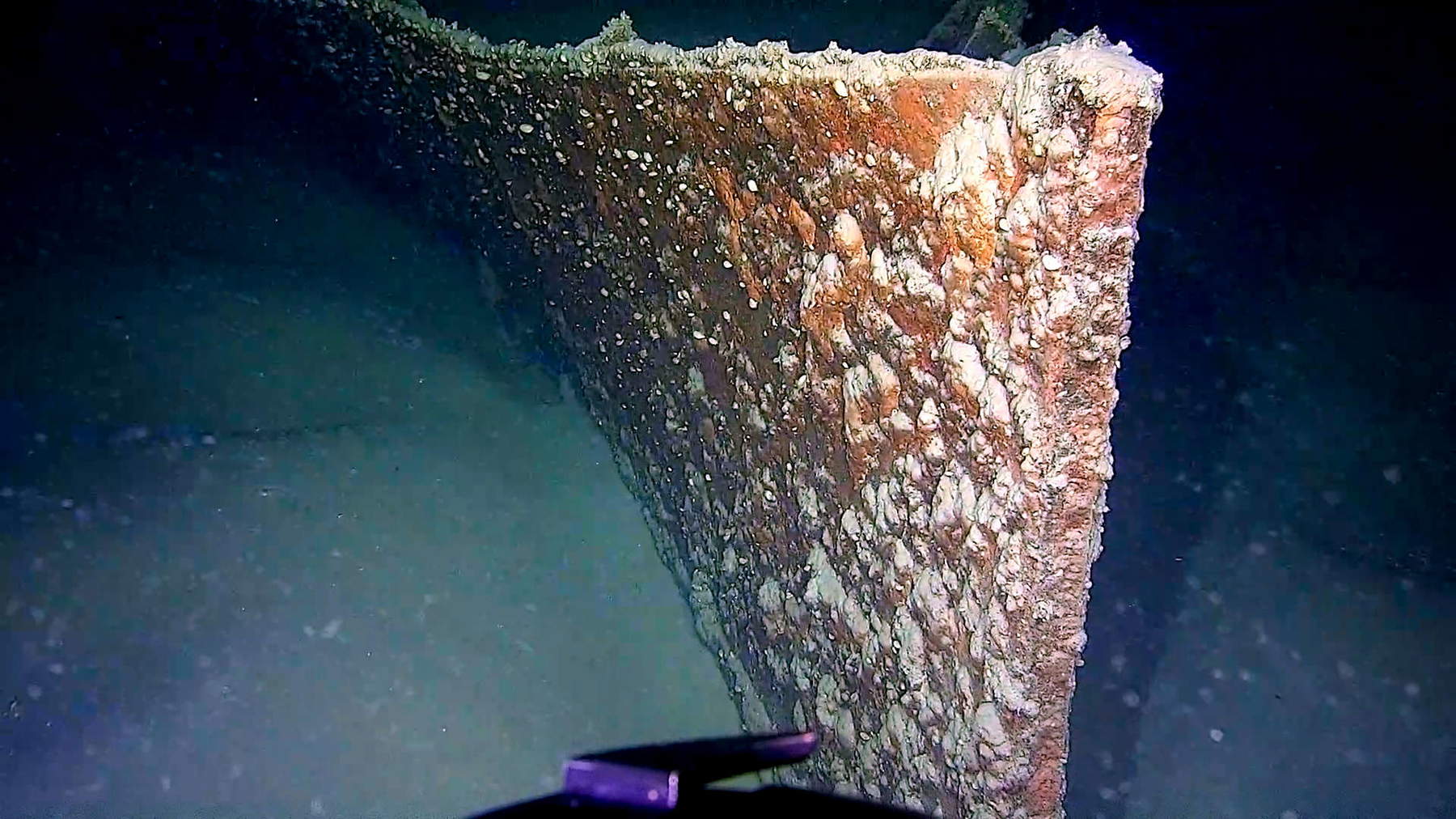
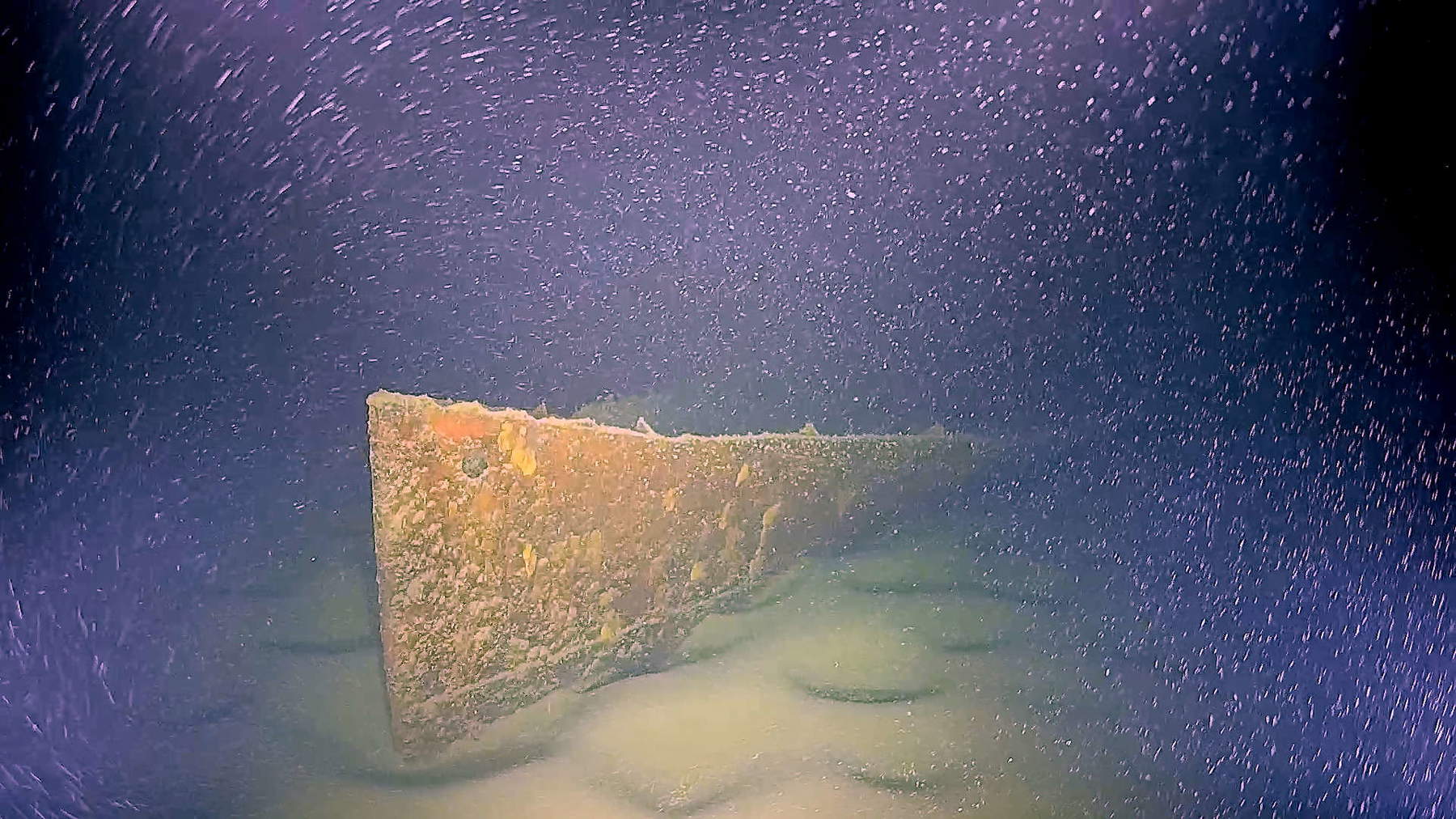
A debris field widely strewn with at least 17 wooden barrels, some of them well preserved, was discovered at one of the sites: individual specimens have lids, bottoms and potentially barrel marks. Evidence of the ship that transported them is currently missing, but further investigation is planned. Two other sites involve larger metal ship hulls, which have already been identified in bathymetric analysis. Both objects have been documented using robotic submersible vehicles (ROVs). Based on their size and location, scholar Alexandra Ulisch, who was involved in the project, believes that these wrecks could be the hulls of the paddle steamers “SD Baden” (formerly “Kaiser Wilhelm”) and “SD Friedrichshafen II” (see Figures 4.1 to 4.5), although final identification is still pending.
A special discovery was made at great depth: there, the team discovered an almost completely preserved cargo sailing ship. The mast and yardarm are still present. “A rarity in underwater archaeology,” says Ulisch. Because of the depth, there has been little growth of quagga mussels (Dreissena rostriforma bugensis), an invasive species native to Eastern Europe and the Caspian Sea but also found in some northern European seas and lakes, so far, which has allowed them to identify numerous details. Visible features include clamps in the bow area, mooring pins and a toothed ring. “The find offers unique insights into the navigation technology and shipbuilding of historic Lake Constance ships and is an important research reference object,” Ulisch said.
“The results demonstrate the relevance of the methodological approach: only through the combination of high-resolution data acquisition and targeted follow-up sonar surveys can natural structures be reliably distinguished from technical objects on the lake bed,” said Julia Goldhammer. The project represents the first systematic and methodologically sound survey of the Lake Constance seabed for underwater wrecks. “The results form the basis for an archaeological inventory of Lake Constance wrecks and provide important information on the conservation status and threat of these previously poorly documented cultural assets. At the same time, the project contributes significantly to the development of methodological standards for underwater archaeology in inland waters.”"
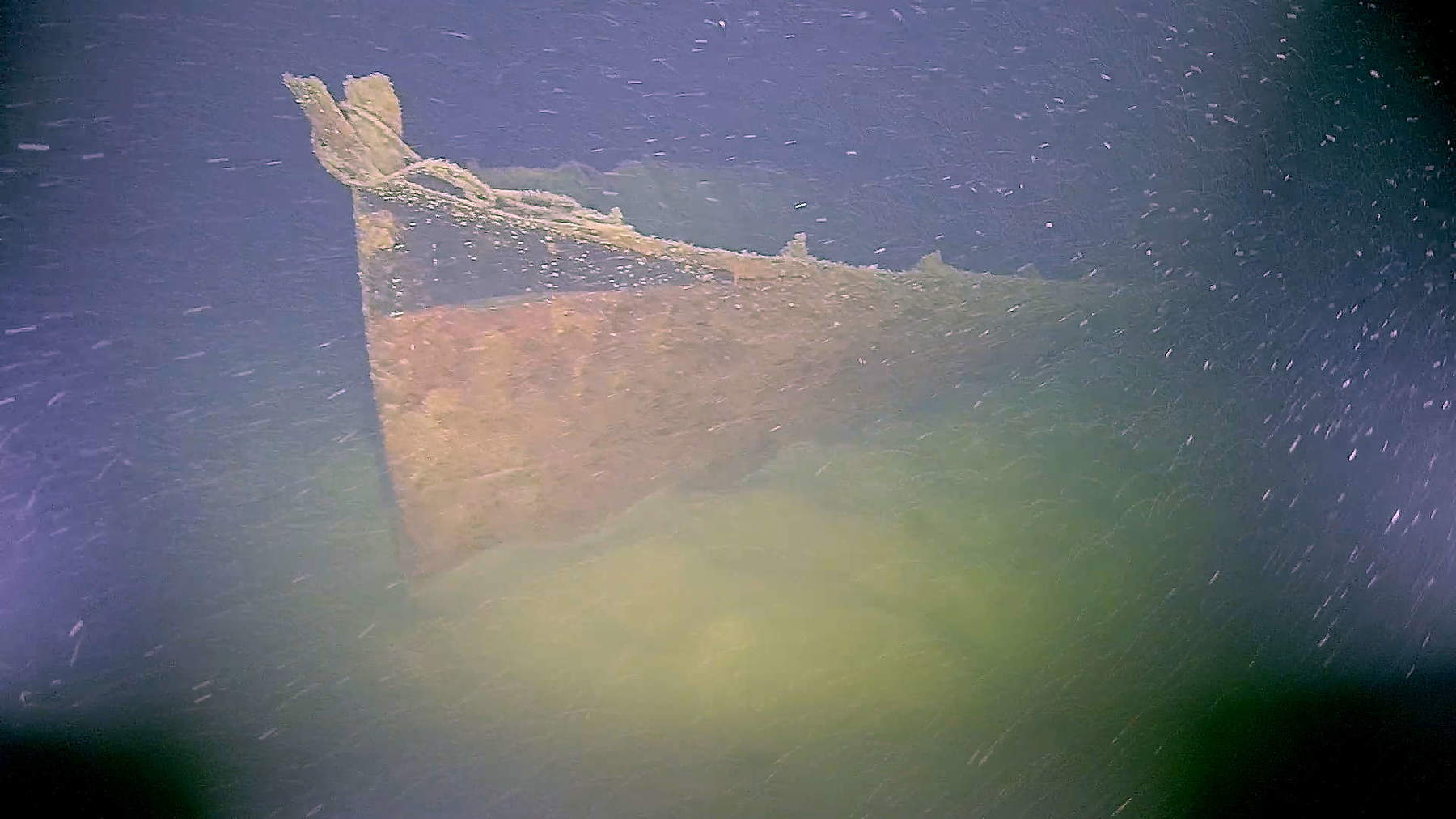
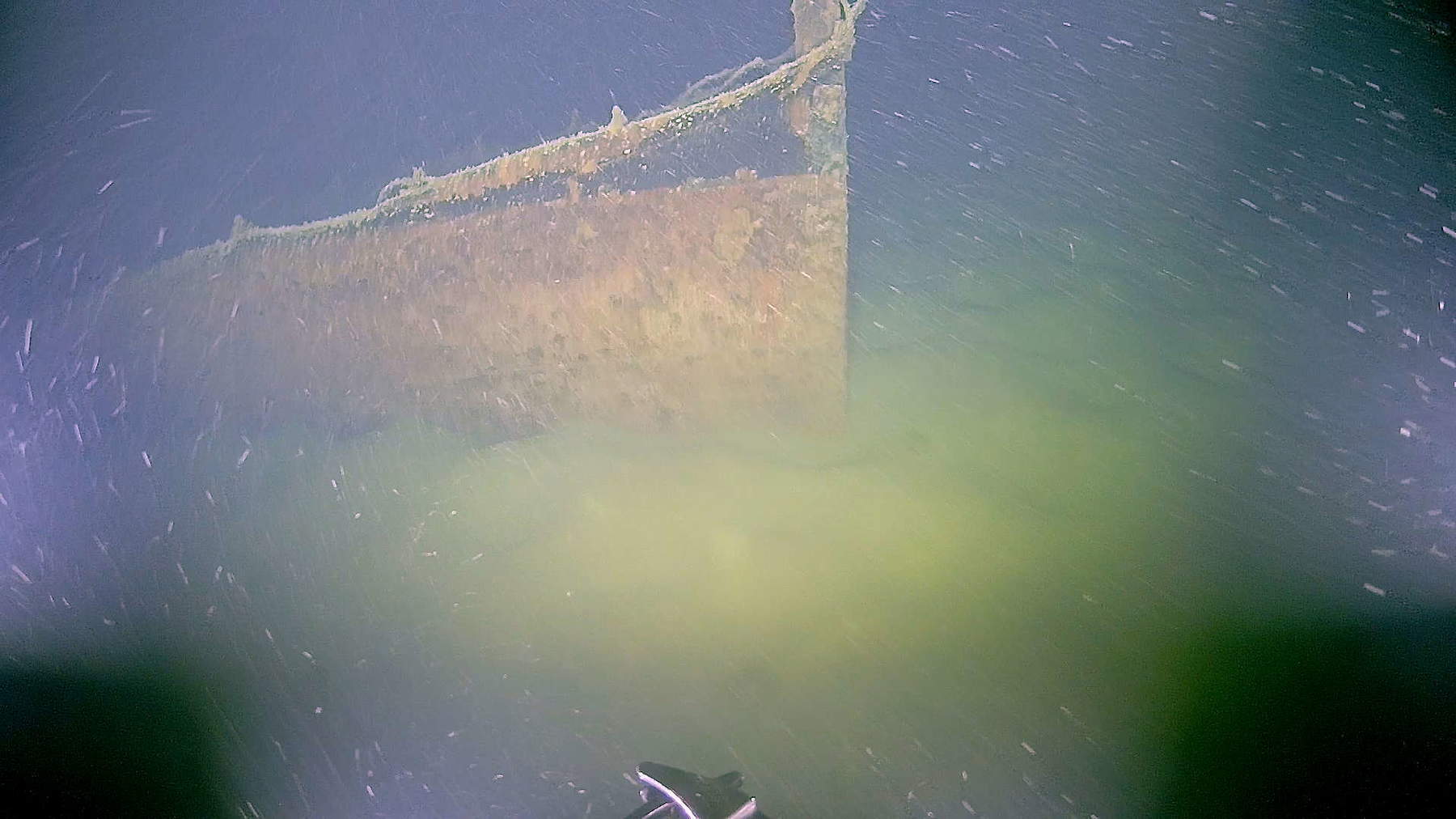
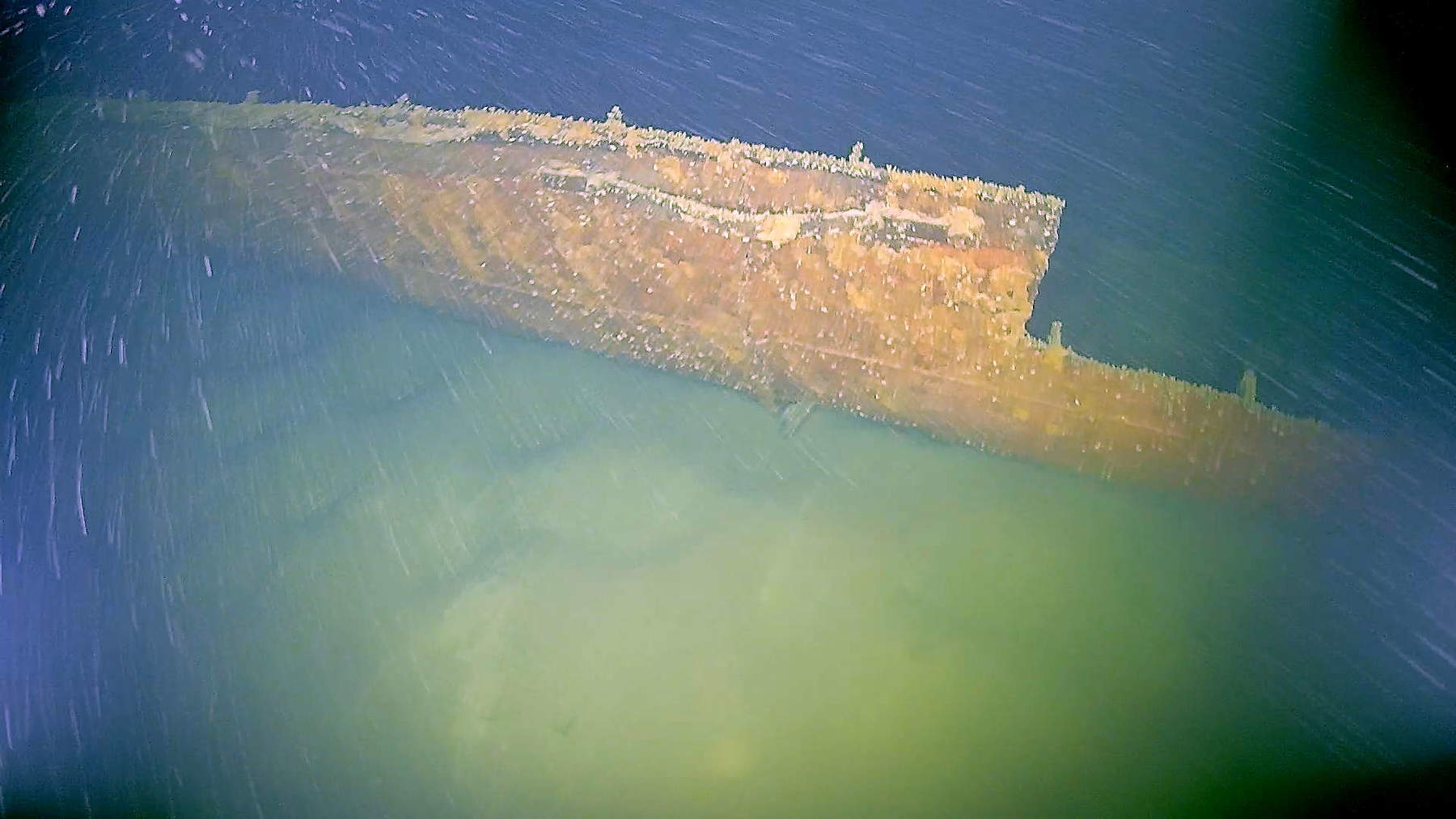

The discovered and documented wrecks provide information not only on shipbuilding technology, but also on the cargo carried by the famous sailing ships on Lake Constance. Scientific analyses allow conclusions to be drawn about the origin, processing, and quality of construction materials and raw materials transported across the lake. Therefore, the wrecks are associated with more than just historical events. “Through extensive and thorough archaeological research, we gain information about the living conditions of past societies and can formulate hypotheses about many different aspects of the world of that time,” says Goldhammer. Alexandra Ulisch, adds, “Shipwrecks are more than just lost vessels: they are true time capsules that preserve stories and artifacts from times long gone. All the examples impressively demonstrate that shipwrecks fascinate people.” Further results are expected to be announced when the project is completed in the summer of 2027.
The project is divided into several phases. In the first phase, complete and updated bathymetric depth data were analyzed. Bathymetry is the topographic survey of water bodies, usually using multibeam echosounders. This allows the creation of terrain models and depth profiles. Large datasets from the Institute for Lacustrine Research (ISF) of the Baden-Württemberg Environment Agency (LUBW) were evaluated in the project. This dataset forms the basis for the second phase of the project, which began in early 2024. Since then, a targeted and systematic analysis of identified suspect sites has been ongoing. Initially, anomalies detected exclusively by bathymetry data will be examined using side-scan sonar. This technology allows photorealistic images of structures on the lake bottom to be obtained and anomalies to be assessed in greater detail.
While bathymetry primarily maps elevation differences on the seafloor, side-scan sonar provides information on the shape, surface texture, and composition of materials. In some cases, large ship structures could be clearly identified as wrecks based on bathymetry. Other suspect sites showed only slight elevations, the cause of which can be attributed to natural formations, biological growth structures, or technical objects such as fishing nets.
After side-scan sonar inspection, potential cultural assets are analyzed by the LAD team of divers or with the help of underwater robots. Underwater robots have been deployed by LAD, LUBW’s Institute for Lacustrine Research (ISF), Überlingen Water Police, and contractors Bodenseetaucher and Submaris. If the objects found are wrecks or cargo that actually constitute cultural property, detailed documentation will be conducted and, depending on their condition and priority, further investigations may be conducted. Recovery of individual objects is not currently planned, as recovery and preservation are extremely expensive. The focus is therefore on preserving the documentary value.
 |
| Germany, 31 wrecks found on the seabed of Lake Constance |
Warning: the translation into English of the original Italian article was created using automatic tools. We undertake to review all articles, but we do not guarantee the total absence of inaccuracies in the translation due to the program. You can find the original by clicking on the ITA button. If you find any mistake,please contact us.